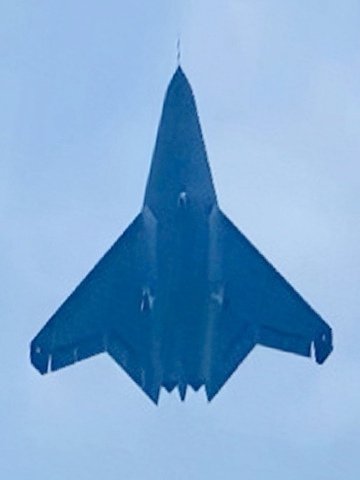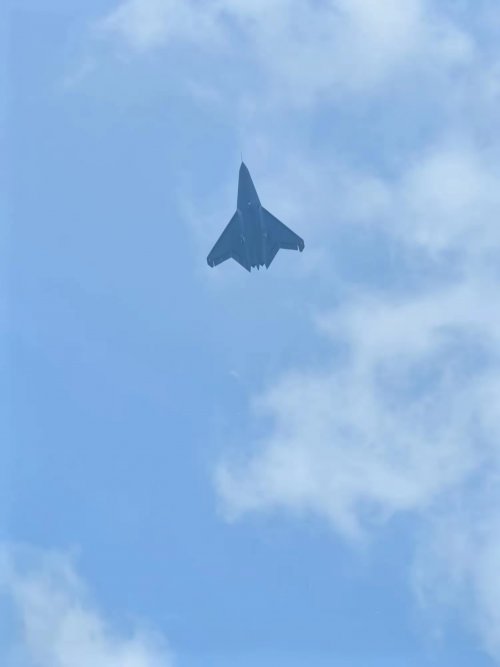naoseidenada
ACCESS: Restricted
- Joined
- 29 March 2025
- Messages
- 2
- Reaction score
- 1
not even the plane´s shadow over the road.Speaking of moving, notice that neither the trees, grass or dust are moved by this 3 engined low pass...
not even the plane´s shadow over the road.Speaking of moving, notice that neither the trees, grass or dust are moved by this 3 engined low pass...
No, I think it's a single wheel.Is that a CATOBAR nose gear? We need closer/higher res images.
I haven't received the ban yet. They're only deleting my messages so farWTH, did Paralay get a ban or something?
I was trying to @ you and it didn't work.I haven't received the ban yet. They're only deleting my messages so far
Very much that.not even the plane´s shadow over the road.
not even the plane´s shadow over the road.
Very much that.
Probably soI'd wanted to ask about his J-50 sketch, I'm assuming that it was a 2x2 weapons bay?
If it's fake they did a great job of masking the trees when it went behind them.Speaking of moving, notice that neither the trees, grass or dust are moved by this 3 engined low pass...
I would not be surprised if it was over 105klbs/50 tonnes. That's the kind of size I was getting out of the published USAF NGAD requirements.J36's video isn't fake, the only thing that makes us feel less real may be his huge body... Honestly, this fighter is probably bigger than any of us thought····· Even the pilots in the cockpit looked small


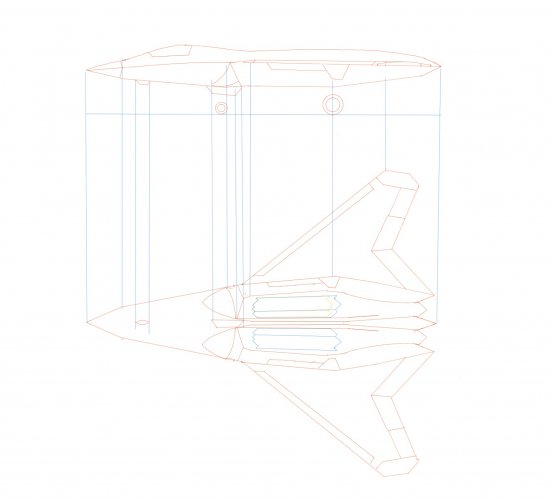
Tip: Its mobile wing tip section should be parallel to the plane itself.There are public papers that can support this point(Careful observation of the wing tip in the photo can also reveal).I hope it will be helpful for your drawing. : )Based on the most recent images, I wanted to make my own sketch of the Shenyang aircraft, and it's possible weapons bay configuration. In my opinion, at best it would have a weapons bay only marginally longer than the J-20. Which I have marked in yellow. The perspective was weird to work with but I think I've got something decently sketched up. View attachment 766454
Edit: The cockpit area looks goofy but there's no information on how that would look other than the peak being in front of the nose wheel so that's the best i've got.
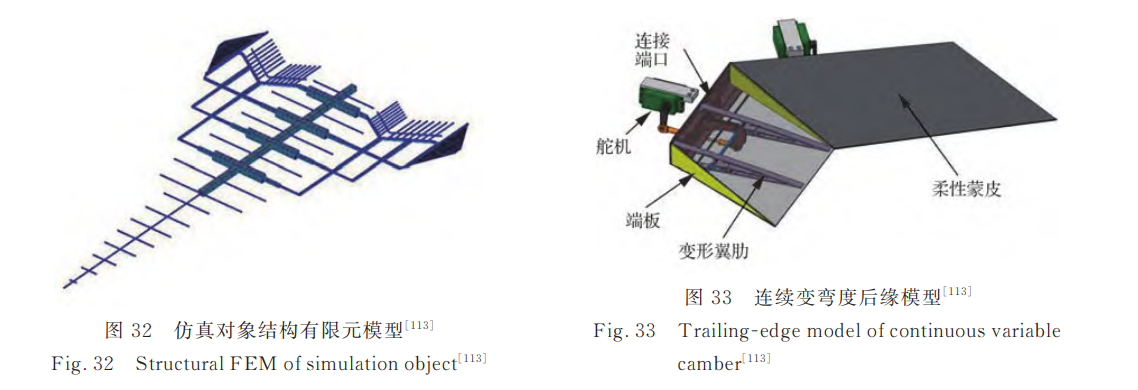
Thank you, even the photo I used as the reference has this parallel wing tip. I must've brushed over it when I was drawing the wing tips. I was far too focused on the weird intake/belly configuration. I will hopefully make my own 3d model as well when I get more time. I also do understand that the tail is also drawn a bit off, that will be fixed as well.Tip: Its mobile wing tip section should be parallel to the plane itself.There are public papers that can support this point(Careful observation of the wing tip in the photo can also reveal).I hope it will be helpful for your drawing. : )View attachment 766475
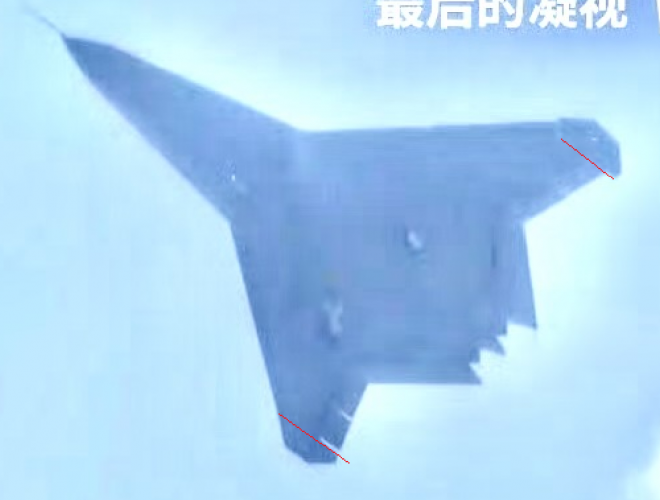
The wingtips and nozzles look a tad bit too small IMO (since the reference photo was taken from an angle) and I wonder if the IWB doors are a part of the groove so that one or two PL-17s can fit in the centerline.Based on the most recent images, I wanted to make my own sketch of the Shenyang aircraft, and it's possible weapons bay configuration. In my opinion, at best it would have a weapons bay only marginally longer than the J-20. Which I have marked in yellow. The perspective was weird to work with but I think I've got something decently sketched up. View attachment 766454
Edit: The cockpit area looks goofy but there's no information on how that would look other than the peak being in front of the nose wheel so that's the best i've got.
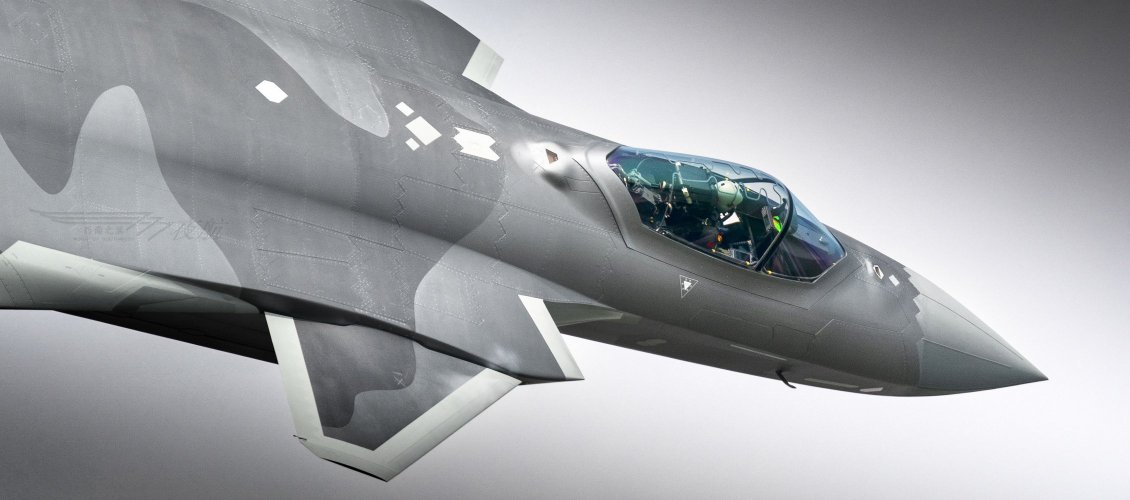
I agree the nozzles are drawn a bit too small. I personally disagree with the notion of a centerline weapons bay in the groove. Placing a weapons bay in a groove not only is volume inefficient but it also complicates weapon release, and is potentially more dangerous. Secondly I don't believe that doctrinally the J-XDS carrying VLRAAM like PL-17 makes sense, that job is relinquished to it's bigger partner, the J-36. I believe the Shenyang aircraft has a groove due to a structural decision in the airframe and the how it relates to the weapons bay. The shape is of the two sections are very rectangular, design wise, it's almost completely obvious that it has two large weapons bay on each duct structure, especially when you compare the rectangular structure to 5th generation bays that are very rectangular like the F-22, J-20, and J-35. I personally suspect that these two bays while not significantly longer than the ones present on the J-20, are much deeper. Which relates back to my structural point in the beginning. I also believe that the groove serves some aerodynamic purposes, but that's my theory on the distinct design feature.The wingtips and nozzles look a tad bit too small IMO (since the reference photo was taken from an angle) and I wonder if the IWB doors are a part of the groove so that one or two PL-17s can fit in the centerline.
But I think you're somewhat right that the separation line (? how else can I call it) between the wing and the wingtip goes inwards a bit before becoming parallel (I think the reference photo does show it), akin to how the J-20's intake outline cants inwards a bit to hide the gap between the canards and the fuselage.
View attachment 766487
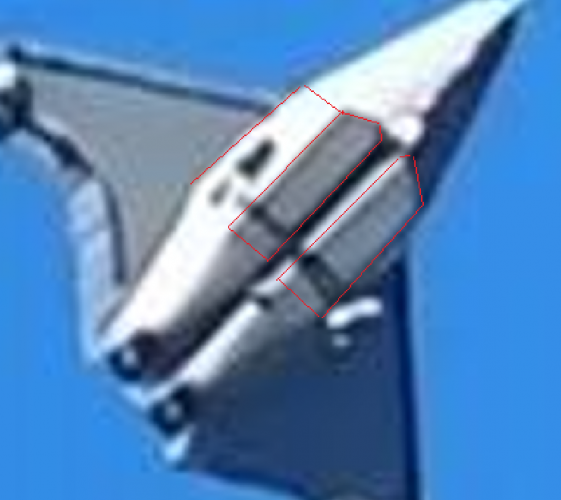

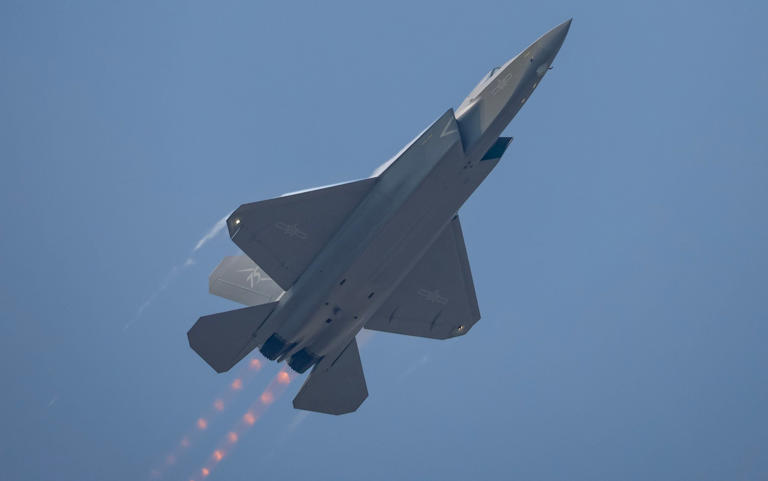
I don't think you're getting what I'm trying to get across. I'm not trying to say an individual centreline IWB exists, but rather it as a part of the main IWB. So not a conventional, completely rectangular IWB. The sides are still around the length of the J-20/35's IWB, only the centre part being slightly longer (and deeper relative to the other parts of the IWB to compensate for the groove), kinda like the Chinese character "中". So the IWB doors split at the centreline of the groove but as part of the groove structure when closed.I agree the nozzles are drawn a bit too small. I personally disagree with the notion of a centerline weapons bay in the groove. Placing a weapons bay in a groove not only is volume inefficient but it also complicates weapon release, and is potentially more dangerous. Secondly I don't believe that doctrinally the J-XDS carrying VLRAAM like PL-17 makes sense, that job is relinquished to it's bigger partner, the J-36. I believe the Shenyang aircraft has a groove due to a structural decision in the airframe and the how it relates to the weapons bay. The shape is of the two sections are very rectangular, design wise, it's almost completely obvious that it has two large weapons bay on each duct structure, especially when you compare the rectangular structure to 5th generation bays that are very rectangular like the F-22, J-20, and J-35. I personally suspect that these two bays while not significantly longer than the ones present on the J-20, are much deeper. Which relates back to my structural point in the beginning. I also believe that the groove serves some aerodynamic purposes, but that's my theory on the distinct design feature.
Edit: I know the Su-57 has a some kind of groove like weapons bay in-between the two engines, I don't believe it's a equal comparison with what's shown here. The gap on the airframe is very small compared to the Su-57, the nacelle design also in my opinion strongly points to weapons bays being in the red locations, this is very different than what is present on the Su-57.
View attachment 766494
View attachment 766495
View attachment 766496

Both your drawing and Paralay's look a bit short and 'fat' to me?Based on the most recent images, I wanted to make my own sketch of the Shenyang aircraft, and it's possible weapons bay configuration. In my opinion, at best it would have a weapons bay only marginally longer than the J-20. Which I have marked in yellow. The perspective was weird to work with but I think I've got something decently sketched up. View attachment 766454
Edit: The cockpit area looks goofy but there's no information on how that would look other than the peak being in front of the nose wheel so that's the best i've got.
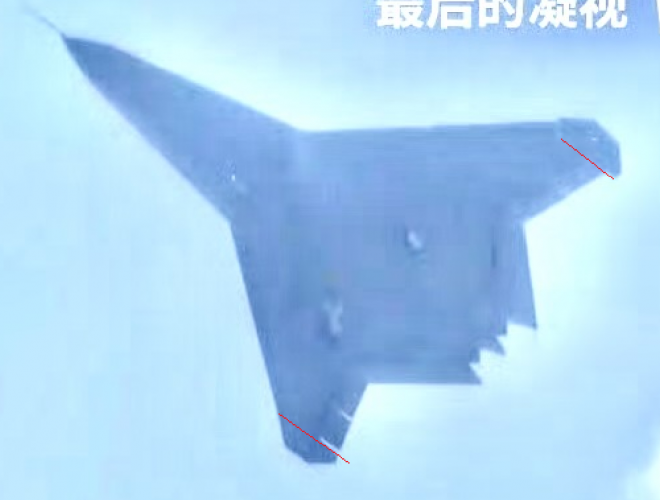
I think it's just a general scaling what the perceived known sizes are like I think I drew the wheels too big. The fuselage probably looks a bit fat from the bottom view because the sides are angled so on a projected bottom view they make the entire fuselage a lot fatter, but in a 3D perspective it doesn't seem to add much width.
IMHO it looks way more like the previously seen tandem VTOL patent.As Rupphrect said, this may not be legit. But if real this could potentially this could be abandoned configuration of J-36.
As Rupphrect said, this may not be legit. But if real this could potentially this could be abandoned configuration of J-36.
I am a bit skeptical as well, but it does look interesting.
